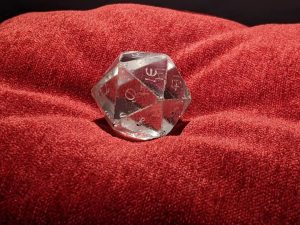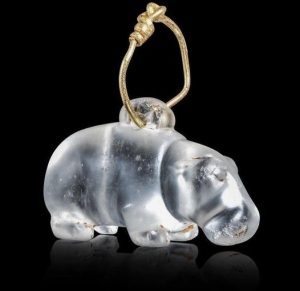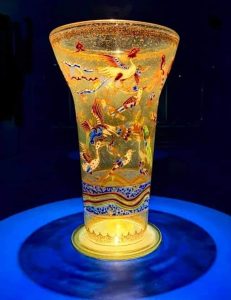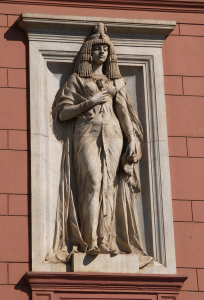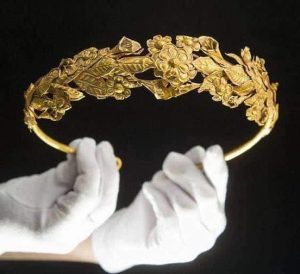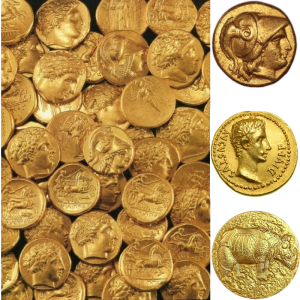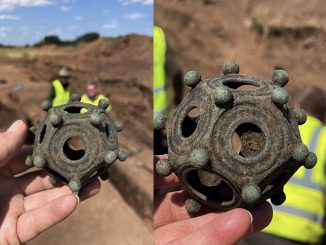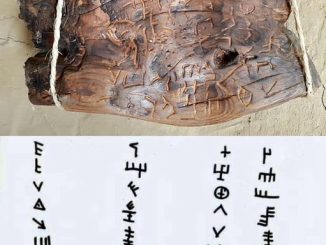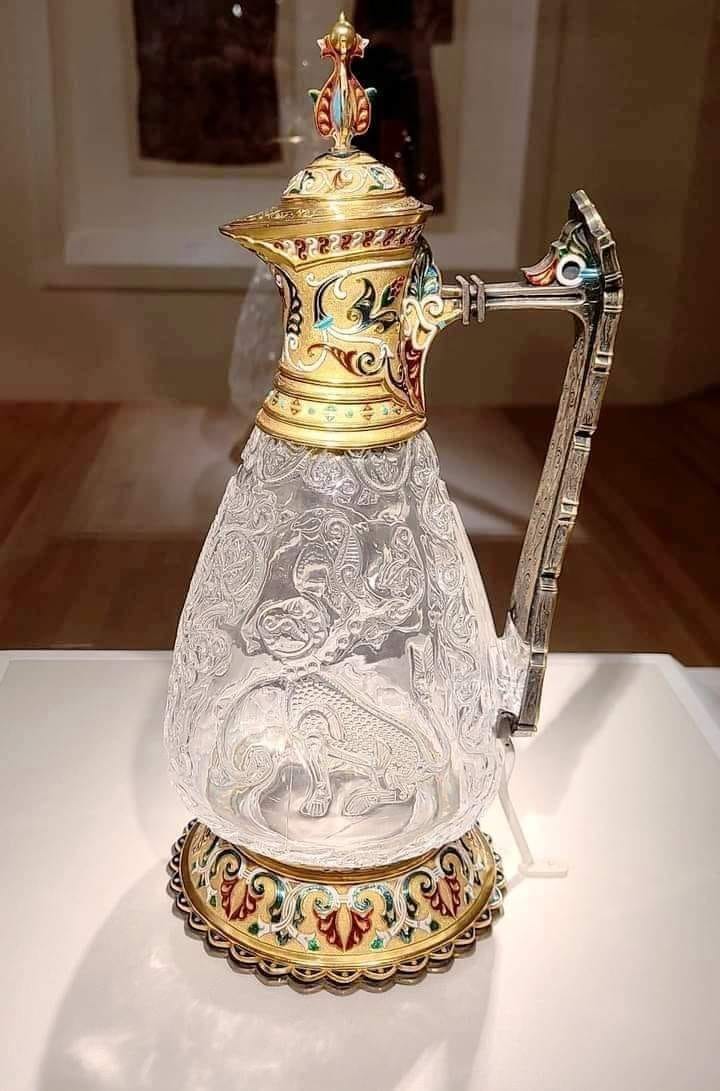
In the annals of history, certain artifacts stand out not only for their beauty but also for their rarity and historical significance. Among these treasures is the Rock Crystal Ewer, a masterpiece of craftsmanship dating back to around 909 CE in Fatimid Egypt. This exquisite artifact is one of only seven of its kind left in the world, offering a tantalizing glimpse into the opulence and sophistication of the Fatimid era. In this blog post, we delve into the captivating story of the Rock Crystal Ewer and explore the cultural and archaeological significance of this remarkable relic.
The Magnificence of the Rock Crystal Ewer
- Historical Context: The Rock Crystal Ewer hails from the golden age of the Fatimid dynasty, a period known for its flourishing art, culture, and commerce. The Fatimids, who ruled Egypt and North Africa from the 10th to the 12th centuries, were renowned patrons of the arts, fostering a vibrant cultural milieu that blended diverse influences from across the Islamic world. The creation of the Rock Crystal Ewer during this period reflects the mastery of Fatimid artisans and their penchant for luxury and refinement.
- Exquisite Craftsmanship: Crafted from a single piece of translucent rock crystal, the ewer exemplifies the consummate skill and artistry of Fatimid craftsmen. Standing at approximately 12 inches in height, the ewer features intricate carvings and delicate arabesques that adorn its surface, showcasing the mastery of the lapidary arts during the medieval Islamic period. The ewer’s elegant form and graceful proportions testify to the meticulous attention to detail and technical prowess of its creators.
- Symbolism and Function: Beyond its aesthetic appeal, the Rock Crystal Ewer likely held symbolic and functional significance in Fatimid society. As an object of luxury and prestige, it may have been used in royal courts and ceremonial settings to dispense water or other beverages during lavish banquets and gatherings. Its association with rock crystal, a material prized for its rarity and purity, imbued the ewer with a sense of sacredness and reverence, reflecting the spiritual and cultural values of the Fatimid era.
- Preserving a Legacy: The survival of the Rock Crystal Ewer to the present day is a testament to the enduring legacy of the Fatimid dynasty and the resilience of ancient artifacts in the face of time and turmoil. As one of only seven known examples in existence, the ewer serves as a tangible link to a bygone era, offering valuable insights into the artistic, technological, and socio-political dynamics of medieval Islamic civilization. Its discovery and study by archaeologists and scholars contribute to our understanding of Fatimid material culture and enrich our appreciation of the diverse heritage of the Islamic world.
Unraveling the Mysteries of the Past
In conclusion, the Rock Crystal Ewer stands as a beacon of beauty and ingenuity, representing the pinnacle of artistic achievement in medieval Fatimid Egypt. Its rarity and historical significance make it a cherished treasure and a source of fascination for archaeologists, historians, and art enthusiasts alike. As we marvel at its exquisite craftsmanship and ponder its cultural significance, we are reminded of the enduring allure of ancient artifacts and the invaluable insights they offer into the rich tapestry of human history. Through continued research and preservation efforts, we can ensure that treasures like the Rock Crystal Ewer continue to inspire and captivate future generations, preserving the legacy of our shared heritage for posterity.
